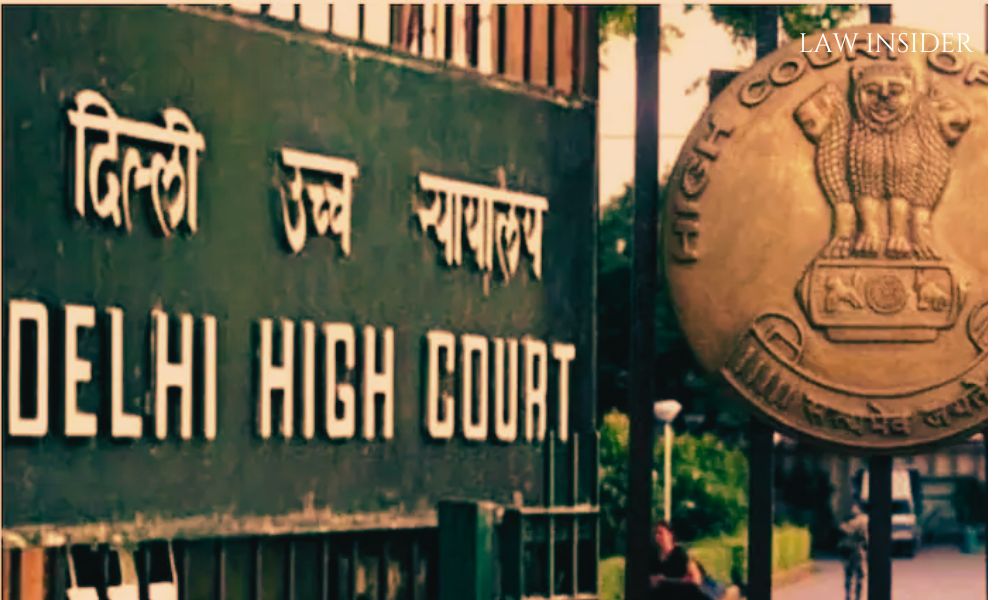LI Network
Published on: 4 August 2023 at 12:10 IST
The Delhi High Court has declared the reassessment notice invalid, ruling that the reopening of assessment proceedings was carried out without proper consideration of the relevant provisions of the Income Tax Act.
In particular, the court found that the provisions of Section 50C were invoked erroneously, leading to an incorrect calculation of the market value of land for the computation of capital gain as of April 1, 1981.
The Division Bench, consisting of Justice Rajiv Shakdher and Justice Girish Kathpalia, expressed its concern over the lack of application of mind by the Assessing Officer (AO) regarding both the applicable provisions and the failure to secure crucial material from the Deputy Commissioner of Income Tax (DCIT) in determining the market value of the land.
The court pointed out that even the Principal Commissioner of Income Tax (PCIT), who granted approval for the reopening of the reassessment proceedings, simply rubber-stamped the AO’s attempt without further examination.
Advocate Dr. Rakesh Gupta represented the Assessee, while Advocate Puneet Rai appeared for the Revenue.
In this case, the Assessee, an individual, had filed their income tax return for the assessment year 2011-12, declaring long term capital gains (LTCG) of Rs. 1.47 crore on the sale of six parcels of land.
The Assessee disclosed the full value of consideration (FVC) as Rs. 20.26 crore and the cost of acquisition (COA) as Rs. 17.77 crore, claiming an exemption of Rs. 1 crore under Section 54EC. However, the Revenue initiated reassessment proceedings, alleging non-disclosure of the FVC based on the stamp valuation authority’s circle rate, applicability of Section 50C, and incorrect COA of Rs. 21.05 lakh, leading to an alleged income escapement of Rs. 18.56 crore.
Challenging the reassessment, the Assessee contended that the AO lacked relevant material before initiating the proceedings.
Upon examining the case, the Bench observed that the AO had overlooked that Section 50C explicitly stipulates the circle rate fixed by the stamp valuation authority as the FVC for calculating capital gain under Section 48 of the Act.
In this instance, there was no dispute that the Assessee had already computed the capital gain using the circle rate of Rs. 20.26 crore, rendering Section 50C inapplicable.
The court further noted that the real difference in LTCG calculations between the AO and the Assessee was related to the COA. The AO’s COA was based on the inputs claimed by the DCIT, Dehradun, where the highest rate per square meter for each parcel of land was taken as Rs. 10 on April 1, 1981, but the AO adopted Rs. 8 per square meter, resulting in a COA of Rs. 21.05 lakh.
The High Court found that the AO failed to apply his mind to the inputs from the DCIT and did not provide any justification for adopting Rs. 8 per square meter instead of Rs. 10 while determining COA.
Consequently, due to the complete non-application of mind by the AO regarding both the applicability of Section 50C and the failure to secure material from the DCIT, Dehradun, to ascertain the market value of the land as of April 1, 1981, the High Court quashed the reassessment proceedings.

